- Savage Blog
- How Mountain Hunting Shaped the Way I Hunt
How Mountain Hunting Shaped the Way I Hunt
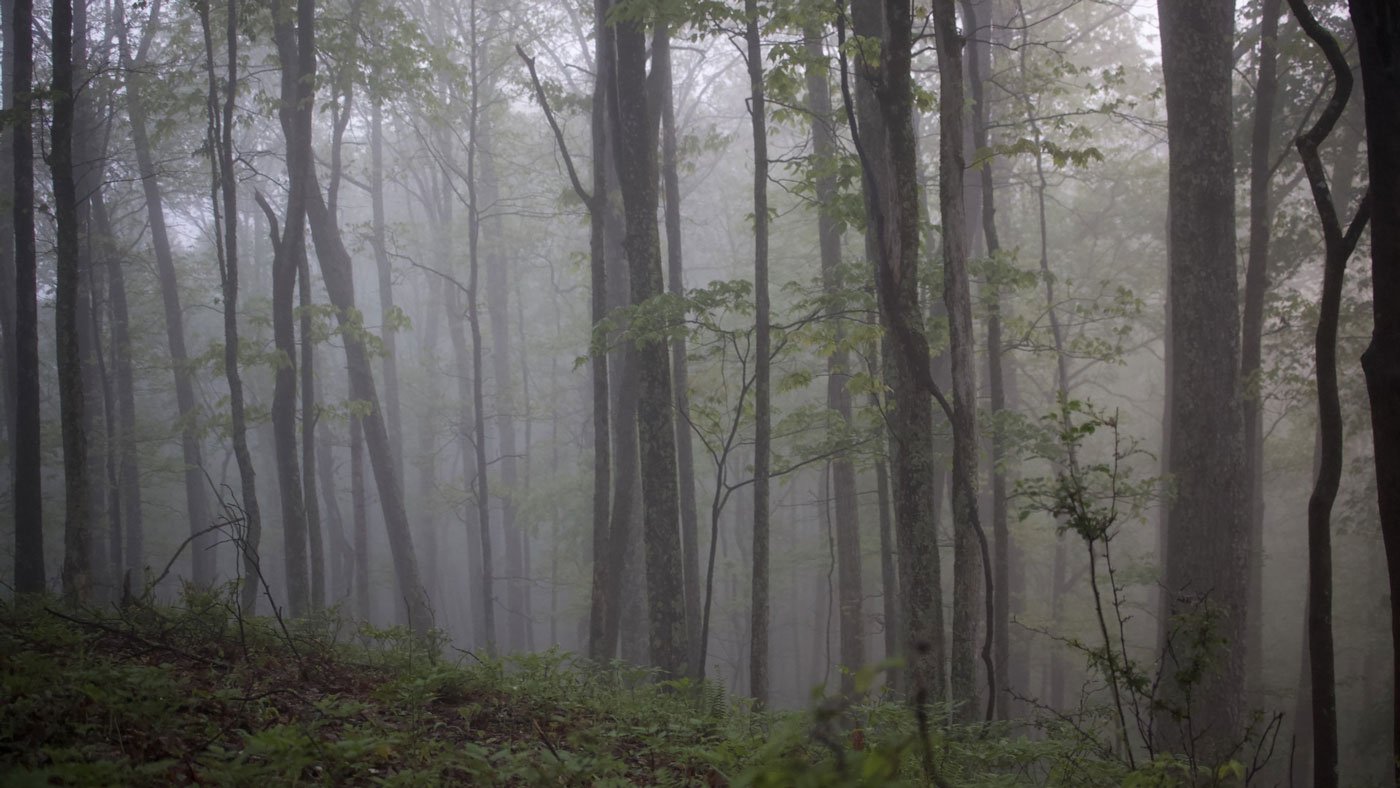
Wes Forbes is a recent Wildlife Management graduate from West Virginia University. In this blog, Wes recounts his lessons learned from growing up mountain hunting in the Appalachians and how these lessons translate when hunting across the country.
When hunters think of mountain hunting, their mind often jumps to the West, elk bugling across the Rockies or mule deer slipping through open basins. But for me, mountain hunting has always meant something different. I grew up in the rugged ridges and thick hollows of West Virginia’s Appalachian Mountains. They aren’t as tall as the Rockies, but they’re just as wild.
In these hills, success isn’t measured just in filled tags; it’s found in the knowledge gained from missed chances, hard climbs, and long hours of silence. These early lessons taught me how to read wind, study terrain, and pay close attention to animal behavior. Now, whether I’m glassing for mule deer in Montana, walking in fields for pheasants, or chasing gobblers in the north woods, I’m always carrying a piece of the mountains with me.
Lessons From the Ridge
One of my earliest memories of turkey hunting came from a cold spring morning just before daylight, my dad just ahead of me, both of us attempting to be as quiet as possible. We stopped in a small opening to listen and heard a turkey gobble in the distance; we both pointed in different directions. This was the first time I realized how sound moves in the mountains. It can play tricks on you, echoing through hollows and bouncing off ridges. Knowing where a rustle or a gobble is coming from can make or break a hunt. On this hunt, we lucked out. We were able to pinpoint the bird and make a well-thought-out plan to seal the deal.
When I think about how tough these mountains can be, another turkey hunt comes to mind. I was hunting with a friend of mine, and we were in position by 5 AM. Set up on the point of a ridge just above where the birds had roosted. This was my first mistake. At first light, they answered every call from the roost, and at this point, I was hopeful. But when the birds hit the ground and the woods lit up, it was clear that I had made the wrong call. Despite the constant gobbling, they didn’t cooperate. Instead, they worked a full circle around us. Coming within 20 yards, just on the other side of the ridge, without ever offering a shot. It was a hard lesson, reading the land is just as important as understanding the birds.
Mountain hunting taught me persistence. It taught me to value every hour spent in the woods, even on slow days. There’s nothing flat or easy about Appalachia; every hunt requires strategy and endurance. Over time, you develop an instinct for recognizing subtle game trails, natural funnels, and how wind moves through valleys. Most of these skills are not taught. They’re earned, one ridge at a time.
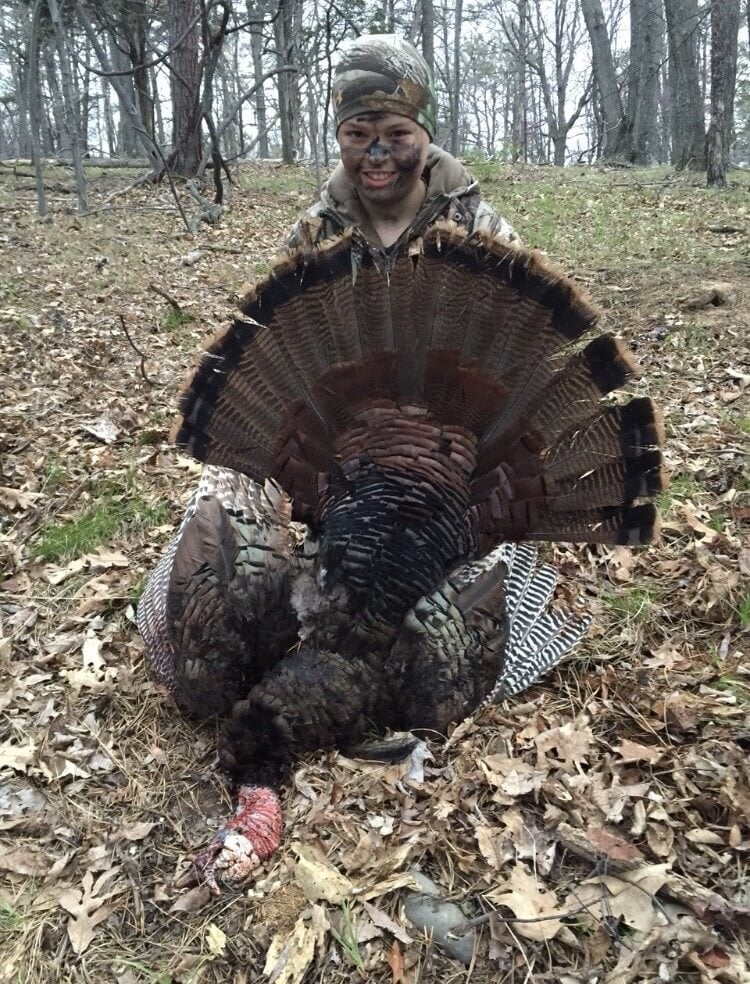
Using Mountain Smarts Elsewhere
When I started hunting outside of West Virginia, I realized how valuable those early lessons were. In Montana, for example, the elevation may be higher, but the fundamentals are still the same. Play the wind, stay mobile, know when to move and when to stay still.
Hunting fields or farmland can feel wide open compared to the thick cover of the east, but I’ve found that mountain instincts still hold true.
My first time turkey hunting outside of West Virginia was with a few friends of mine on some big fields in Pennsylvania. We spotted 3 gobblers in a field, and we originally had the idea to go straight at the birds and try to get a shot. After some thought, we decided that we should go around a small roll in the field and attempt to call them in. It worked; that patience and reading of terrain all came from my early days in the mountains.
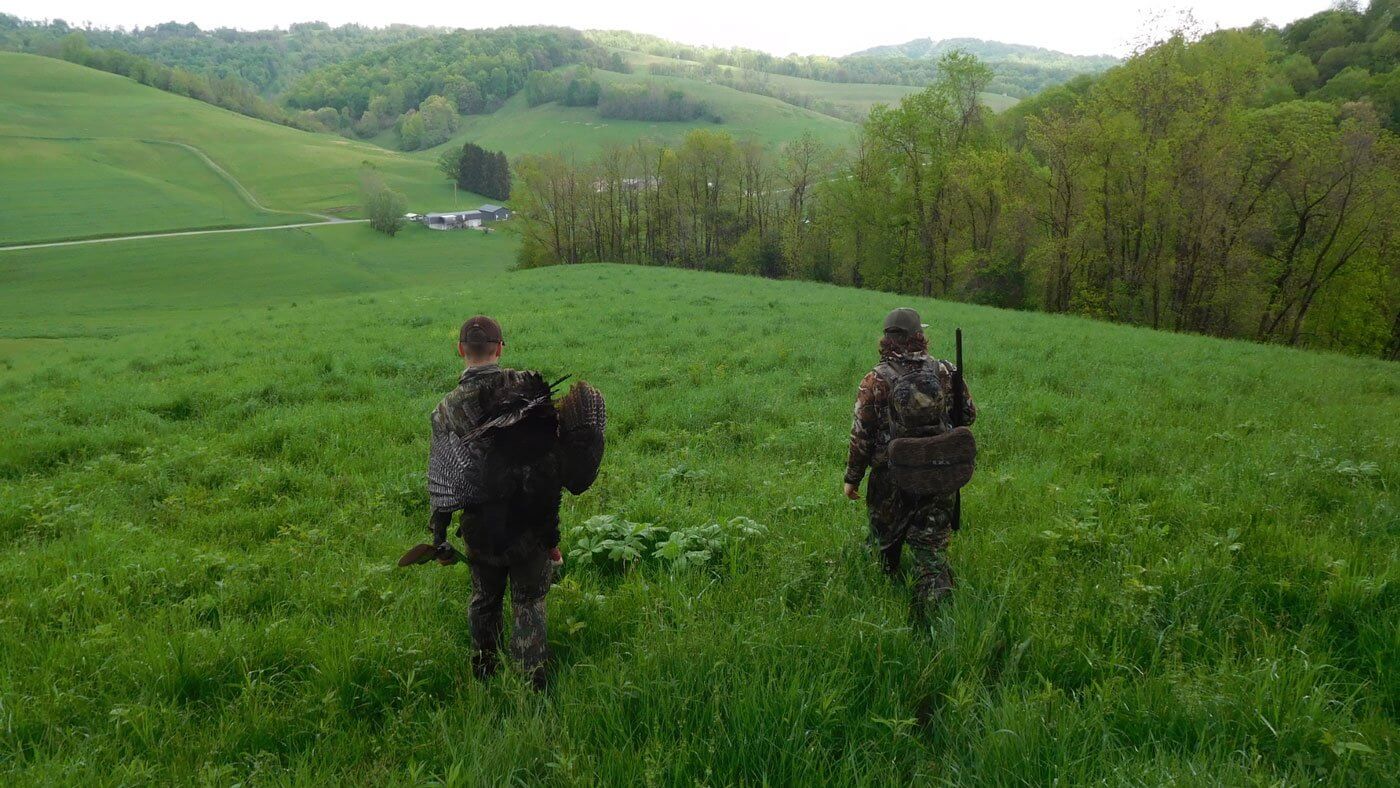
Gear That Goes the Distance
Mountain hunting demands gear that can keep up, and that's something that I’ve carried into every terrain I hunt. Whether trekking miles into public land or braving late-season snow, I rely on my equipment to perform in less-than-ideal conditions. Ever since my first squirrel hunt, Savage Arms has never let me down. Their accuracy and performance make them ideal in unpredictable environments, exactly what is needed when balancing on a hillside with limited shooting lanes.
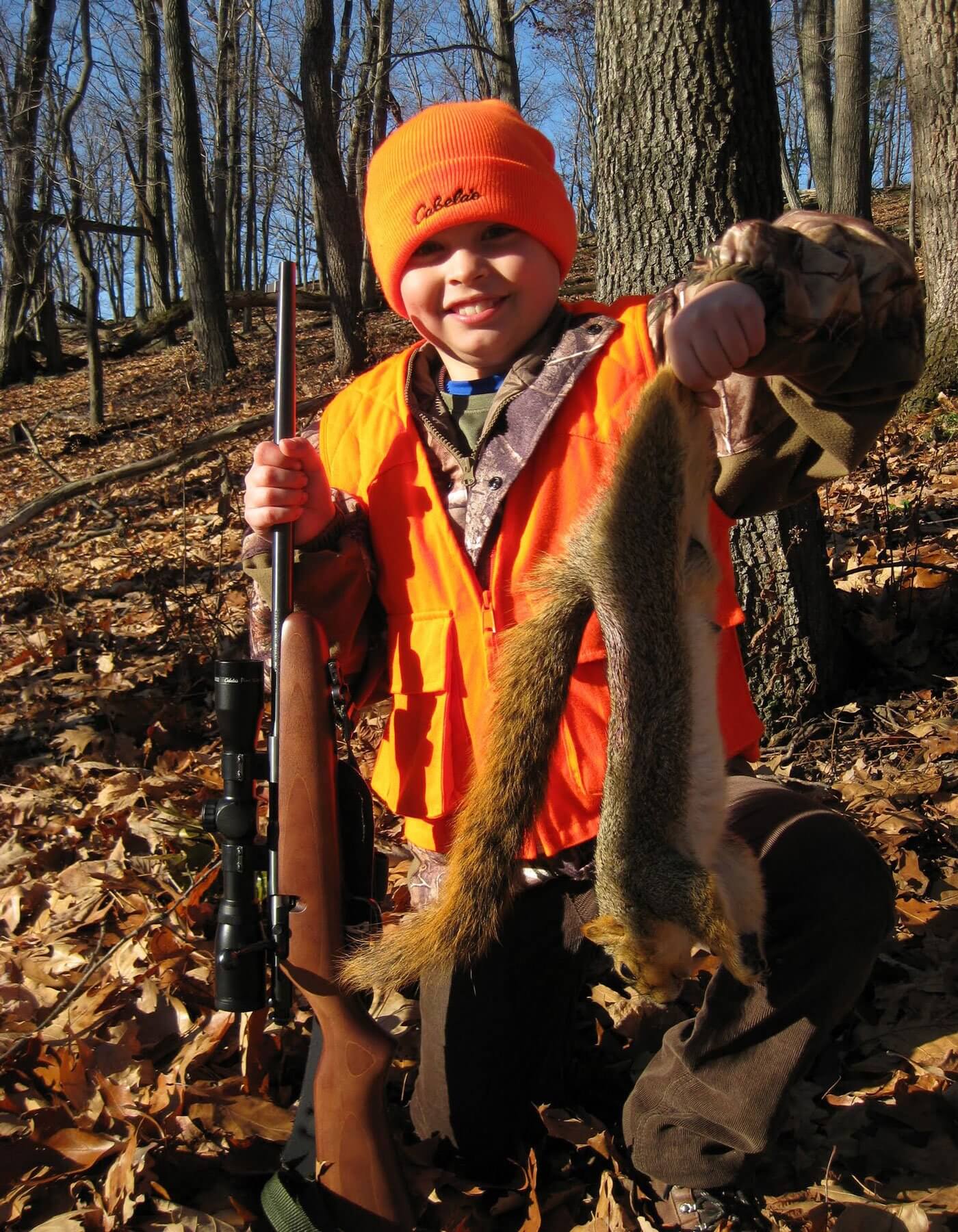
The Mountains Gave Me More Than a Head Start
It’s easy to romanticize mountain hunting, and it deserves that, but it can also be humbling. The animals that inhabit these hills are experts in evasion. The terrain keeps you honest. You learn to slow down and observe, to question every decision before making it. You learn to climb quietly, sit longer, and accept that not every hunt ends with a shot. You learn to hunt for the right reasons.
This past West Virginia deer season was cold and snowy, with long sits in a run-down hunting shanty during bow season yielding no luck. Still, I was able to return for one last hunt during rifle season. As snow slowly added to the few inches already there, I spotted an old mountain buck chasing a doe up over the hill. I quickly shouldered my rifle, and one well-placed shot ended my season of persistence. Proof that in the mountains, success comes to those who wait.
But that’s what makes the mountains so valuable. They don’t give up their rewards easily. Every animal taken is earned and comes with a lesson. That mindset, earn it, don’t expect it, has shaped how I hunt everywhere else.
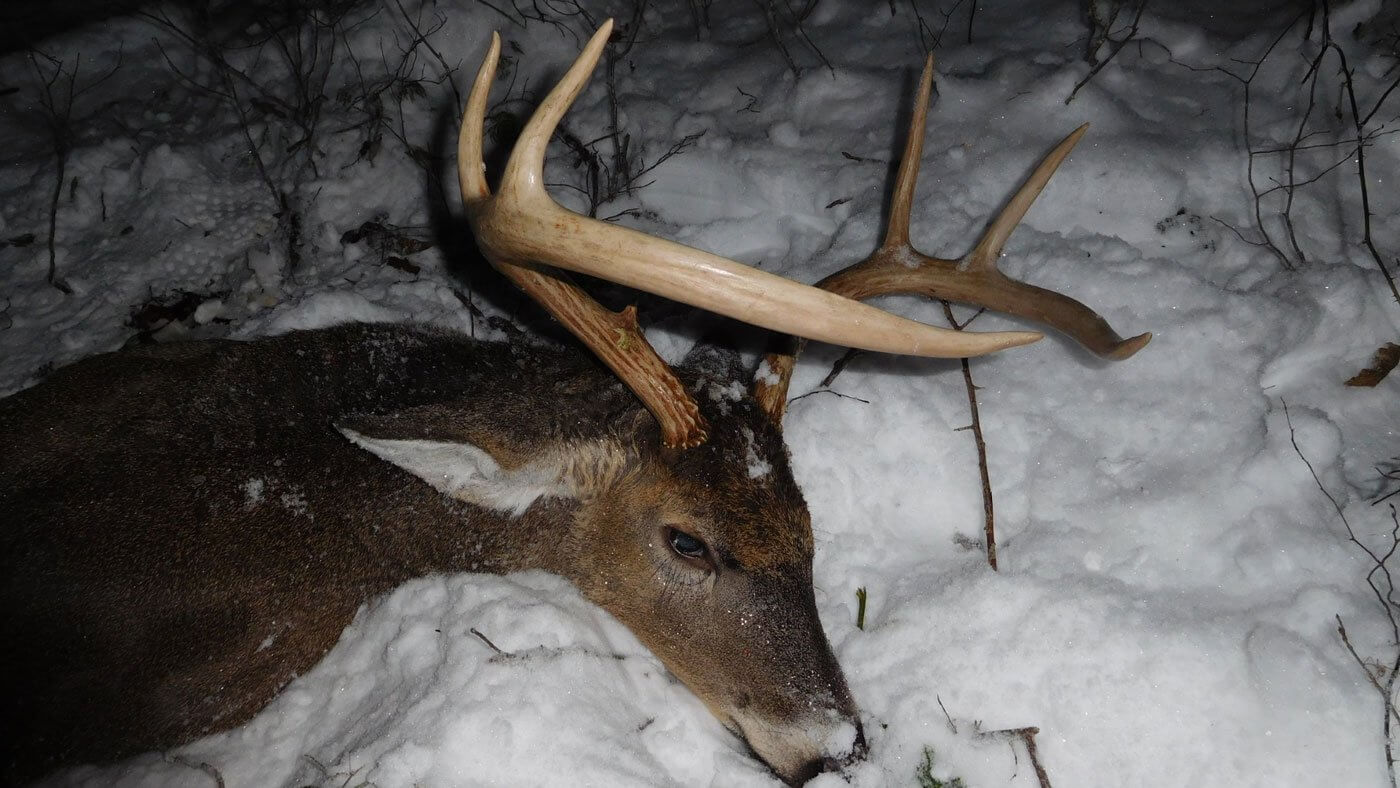
A Life Built on Steep Trails and Still Mornings
Today, whether I’m mentoring a new hunter or packing into unfamiliar terrain, the foundation of everything I do in the woods traces back to those foggy West Virginia mornings. The skills I’ve developed and the mindset I’ve carried came from years of chasing game up and down slopes where shortcuts don’t exist.
So, how did the mountains change the way I hunt? They taught me to respect the land, move with purpose, and be present in every moment. Whether I’m close to home or across the country, I’m always grateful for the Appalachian roots that shaped the hunter I’ve become.
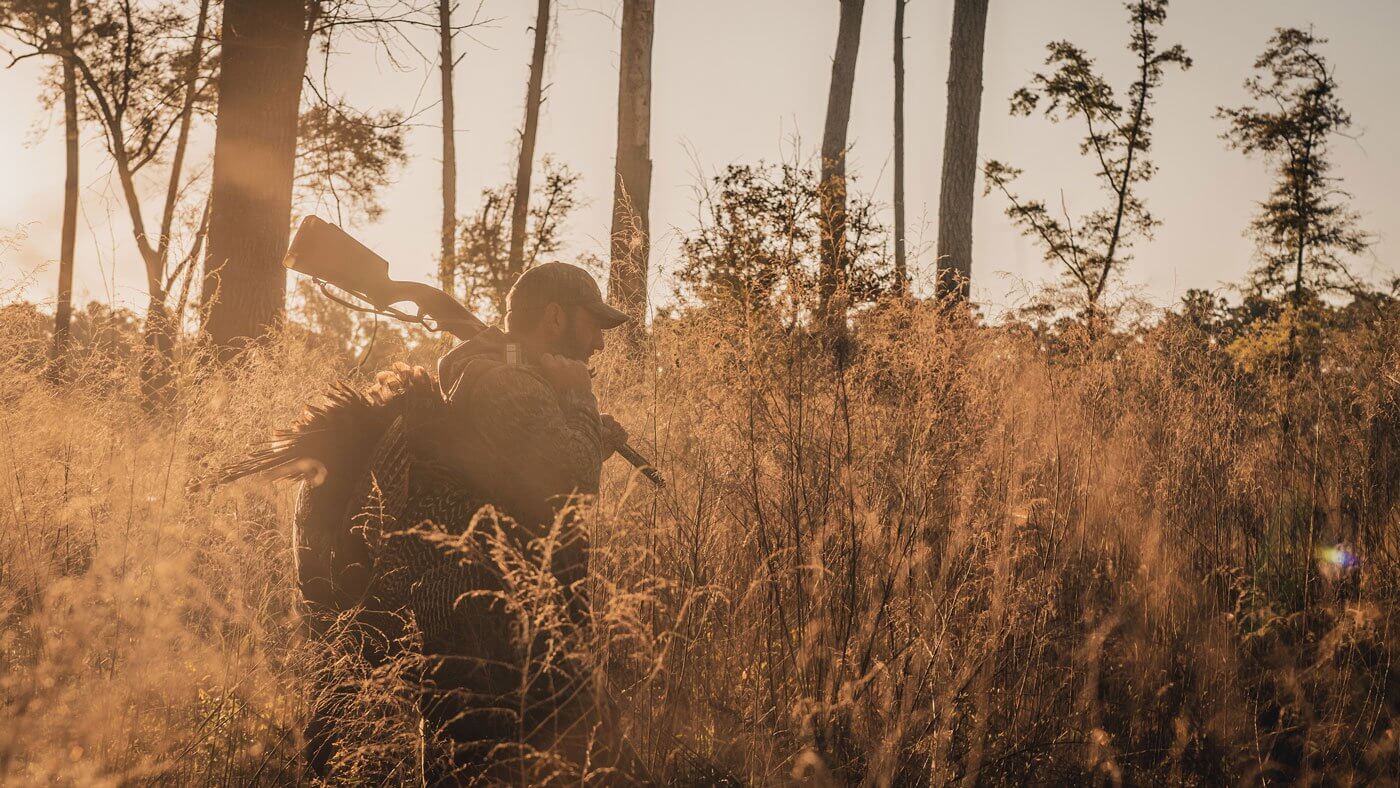
Hunting is a lifelong pursuit of learning. And some of the best teachers I’ve had, aside from my father and grandfather, were the ridges, hollows, and forests of West Virginia. If you were raised in the mountains, you know what I mean. And if you haven’t been lucky enough to hunt in the mountains of West Virginia, spend some time here, and you’ll understand.

